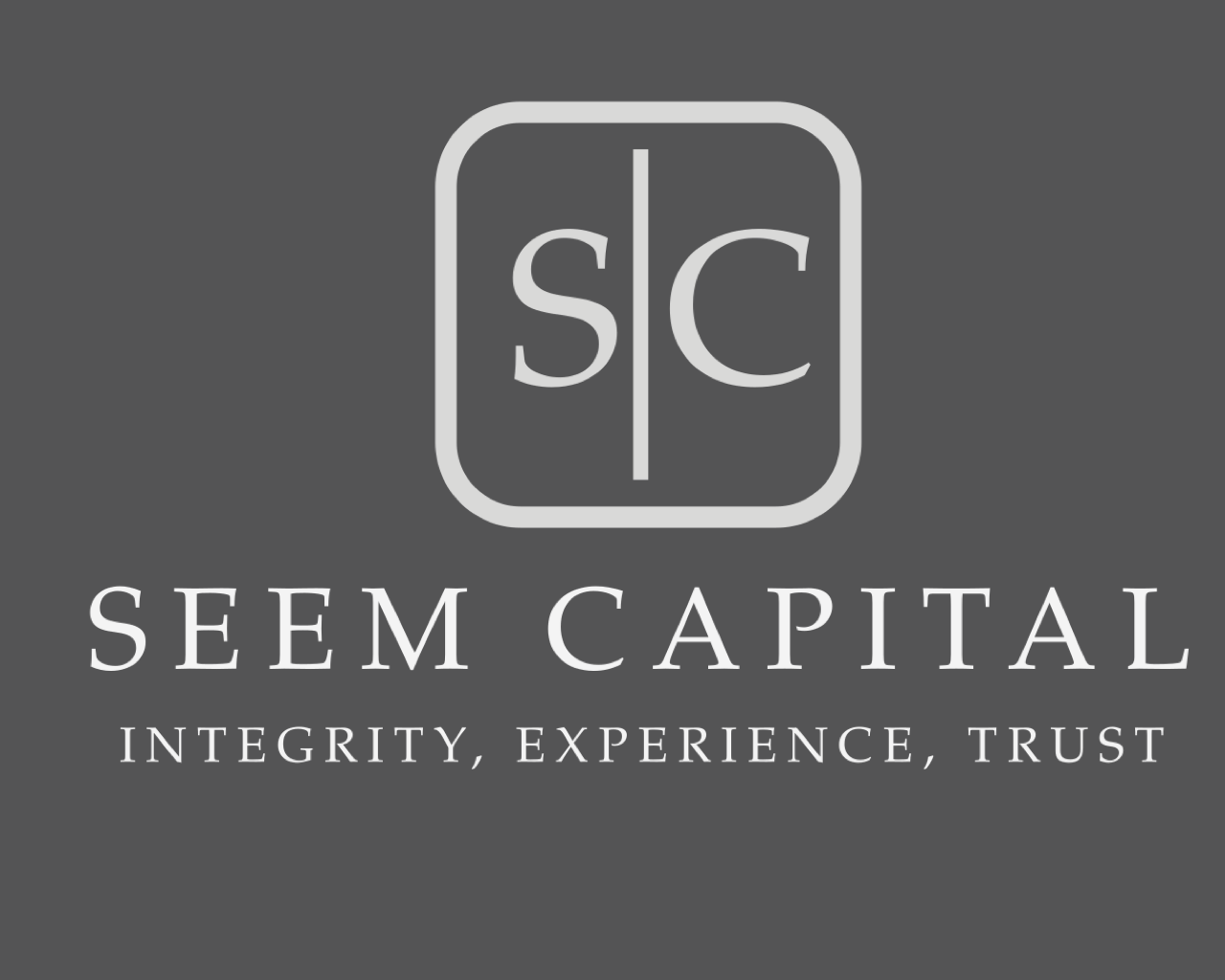Case Study: Reimagining Janitorial Services
QRP was a janitorial company focused mainly on office parks and small retail in one state. Revenues were stable but not accelerating. The company was not differentiated, competed on price and had thin margins.
The Challenge: Reinvent the business to increase growth, diversify its services, increase margins, and make the company more attractive to future acquirers.
The Work: We evaluated the marketplace and determined that there was an opportunity with big-box retailers. Many large retailers were beginning to outsource their janitorial services to local firms. We realized that we could build a national presence by building sub-contract janitorial relationships in all the major metro markets in the country. We built sub-contract partnerships with janitorial firms in the top 20 metro markets in the U.S. then went after national cleaning contracts with big-box retailers.
The Results: The company became one of the largest providers of floor care services to big-box retailers in the U.S. and revenues grew from $25MM to over $150 million.
Case Study: Transitioning an Integrated Technology Company
ATC focused on providing bedside devices that met the patients’ needs while recovering in the Hospital. The system was integrated with the hospital ERP, specifically with the nurse interface for patient call needs as well as delivering mandatory health and welfare video content. The systems also provided many ancillary services including English translation, hospital pharmacy fulfillment and audio/video entertainment. Hospital hardware and software must meet many regulations to operate in the segment. Additionally, this Company was qualified to provide systems to the Veterans Administration. Revenues were growing while competing in a long sales cycle environment. Company struggled to achieve and maintain profitability consistent with other software companies.
The Challenge: Analyze the hardware sales and installation segment of the business to make it profitable. Modify the software business model to achieve margins comparable to similar companies.
The Work: We evaluated the bidding, installation and service of the hardware business shifting it from a fixed cost business to a variable cost business. Transitioned the business model to move the ownership and capital cost to the Hospital which had large capital budgets better access to cheaper capital. Transitioned to a cloud model using off-the-shelf software from a basement installed head-end for each client. Migrated the software from an upfront bundled Hospital price to a per bed SAAS model.
The Results: The company returned to profitability with strong margins and was successfully sold to a strategic buyer.
Case Study: Repositioning Stone Fabrication & Installation Services
PT worked with large home builders to design numerous residential alternatives for kitchens, baths and entrance choices for end-customer selection in new housing communities. The Company provided all stone needs (marble, granite and engineered stone) to meet the various price points desired by the builder. PT would handle all the sourcing, cutting and installation of materials across the home builders’ inventory of lots as homes were constructed to client choices. Additionally, the Company provided warranty maintenance service required by the state. PT had a small amout of commercial and industrial clients. Revenues drastically decreased during the great recession quickly resulting in large monthly loses
The Challenge: The contracts in place with the current home builder customer base resulted in negative margins. The operating cost structure was not profitable at this new volume.
The Work: We examined the historical customer upgrade rates and showed the building community why the current end-customer conversion frequency resulted in negative margins. Negotiated new pricing structures across the new design choices post-recession while maintaining the customer warranty repair business. Mapped the operation flow and restructured the business to minimize fixed costs and make the model more variable resulting in positive EBITDA.
The Results: The company returned to profitability with strong margins and was successfully sold to a strategic buyer.
Case Study: Breathing New Life into Luggage
BBL was a license manufacturer of luggage for the luggage market. They licensed low-end brands and manufactured luggage over seas for the U.S. mass channel. They had low margins, poor product quality, and poor product placement in their channels of distribution. Sales had stagnated and they were losing floor space to competitors.
The Challenge: Reimagine the business and create a durable enterprise with stable margins, strong distribution and increasing customer interest.
The Work: We set about building a high-end portfolio of licensed brands that would elevate the company to a higher status-level with its retail partners. A number of premier licenses were secured. New manufacturing sources were also secured which improved product quality. New branding strategies were implemented and new retail partners were secured.
The company began to dominate floor space with its retailers as it began to produce more “status brands”, margins improved dramatically, distribution broadened significantly, sales increased and customer loyalty increased.
The Results: The company was subsequently sold to a major fashion conglomerate at a high valuation.




